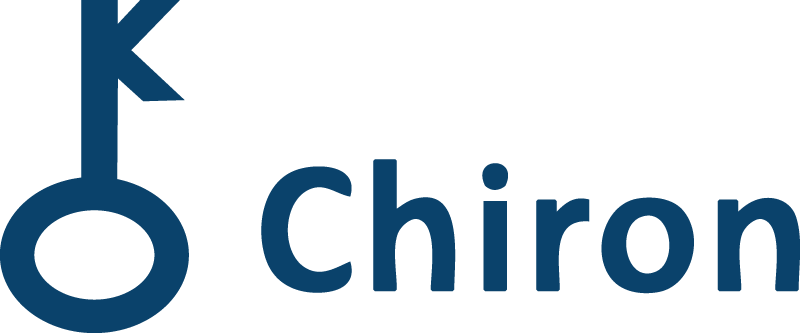Understanding Probability is the most important aspect of risk analysis……..probably. A case could also be made for Severity, but is this really valid? Whether you employ a five-point scale from Highly likely to very unlikely, or simply a two-point scale from High probability to Low probability, the plotting of risk relies on a subjective continuum of opinion. Based on a mixture of experience, evidence and knowledge we predict a future outcome in a way to reduce its inherent uncertainty.
We use probability to nudge our estimate or forecast towards certainty, while knowing that certainty itself is unachievable. Our investors, employees and those who look to us for leadership expect a degree of certainty. The board director who quizzes his risk committee is looking for certainty in the answer, hoping that an expert will provide reassurance. The 18th century French philosopher Voltaire said: ‘Uncertainty is an uncomfortable position, but certainty is an absurd one’.
Robert Skidelsky warned us about placing too much dependence on probability as a measure within risk assessments: ‘A central danger stemming from the use of probability is that it provides those using it with a comforting, but spurious accuracy that facilitates the self-delusion that the uncertainty of the future is fully measurable and has been tamed.’ I like the concept of taming the future, we should remember that deep within the discipline of risk management lies an oxymoron – the future cannot be managed.
Black swan events, those with high impact but low probability, reveal just how inaccurate probability forecasts can be and the consequences that arise from trusting them. Who would have thought 24 hours ago that Facebook, Instagram and Whats App would be unavailable globally for six hours? The probability was very low given the sophisticated infrastructure underlying these networks. Yet they disappeared and we must never assume low probability events will not happen very soon.
Risk is about reducing not eliminating uncertainty, the first books on risk were written in the early 16th century at the time of the renaissance; a time characterised by a thirst for knowledge and discovery with new religions and new political alliances; interest in alchemy, astrology and forecasting the future. Today in the early 21st century risk is again highly charged with AI, new political alliances; Interest in ESG, sustainability and future value. If risk is simply an estimated future outcome, we now need to look at a range of alternative outcomes not simply plot probability.

